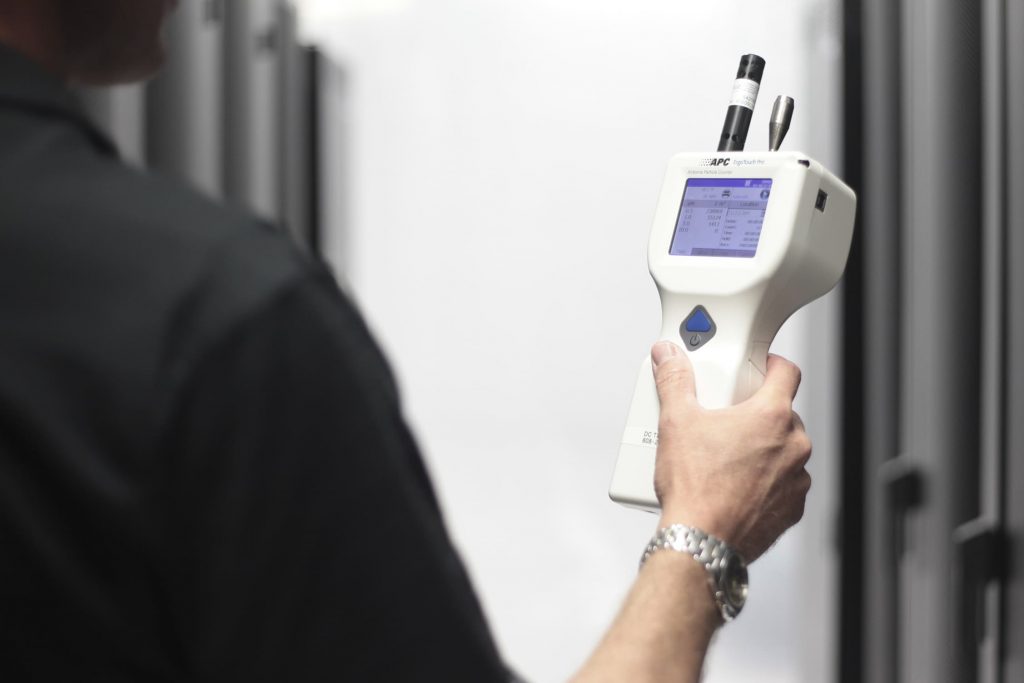- P.O Box 4, Uxbridge Mass 01569
- (508) 779-7300
- [email protected]
- Home
- / Indoor Air Quality And Consulting
Indoor Air Quality And Consulting
Breathe easier with our indoor air quality assessments. We identify pollutants, provide expert consultations, and recommend effective solutions for healthier indoor environments.

Are you concerned about the air you breathe?
An indoor air quality assessment finds and measures hazardous air using tried-and-true sample methods and on-site diagnostics. Our knowledgeable indoor air quality assessment experts identify the air you breathe and take care of your issues right away. We use simple language to explain complicated biological, chemical, gaseous, and poisonous pollutants.
What's Involved?
- Check for the presence of poisonous volatile organic compounds (VOCs) and other hazardous chemical emissions, such as formaldehyde.
- Determine the quantity of ultrafine lung-damaging particles that might cause illness and damage to the inside of your lungs.
- Recognize dangerous elements in sewer gas, including methane, ammonia, nitric oxide, hydrogen sulfide, and sulfur dioxide.
- Regulate the essential concentrations of gases, including carbon dioxide, carbon monoxide, and oxygen.
- Determine which ferns, algae, pollens, and other bio-aerosols are bothersome.
- Control which complex dust allergens are linked to cockroaches, mites, dogs, and cats.
FAQ’s
Testing for indoor air quality is precise and can identify ultra-fine air particles that can cause major health issues since they penetrate deeply into the lungs. Conventional testing techniques measure only big particles. By monitoring the air quality on several levels, these monitors can establish a baseline for assessing the building's performance and the air's health.
It is challenging to compile a comprehensive list of signs of poor indoor air quality due to the large variety of pollutants, particles, and allergies that can impact indoor air. Nonetheless, some situations and indicators might point to low air quality in your house, such as:
Poor Ventilation: Inadequate ventilation is indicated by musty-smelling air, condensation on windows or walls, or places where mold grows on walls.
Health Issues: When respiratory or other health issues appear after relocating to a new residence and go away after some time spent away from home, it may indicate an environmental problem in the house.
Unusual Odor: If you notice strange smells after being away from home for a while, the interior air may be contaminated by mold or other pollutants.
Older Homes: Some older homes employ materials and construction techniques that are known to release dangerous chemicals or volatile organic compounds (VOCs). Ventilation issues might also be caused by outdated construction techniques. However, because newer construction must adhere to modern building rules, the likelihood of poor indoor air quality is reduced. This does not imply that new residences cannot have indoor air quality problems.
Our Services
Compliance Made Simple with Professional Inspections
Effortless compliance through expert inspections, ensuring safety and regulatory adherence.
